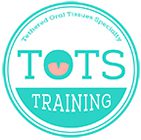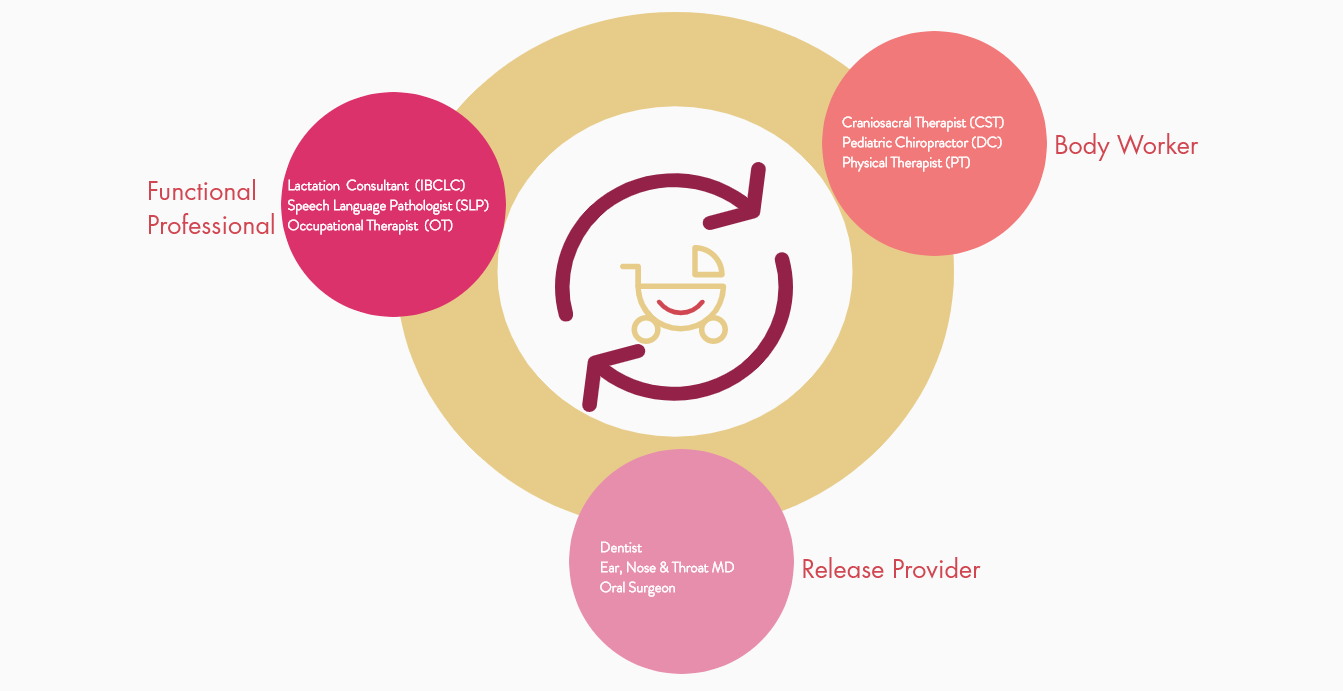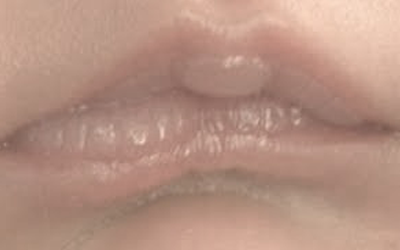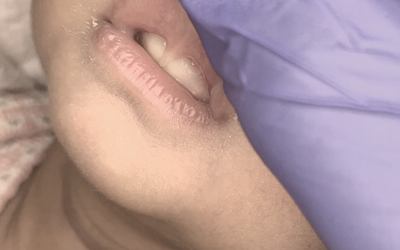Tongue And Lip Ties
Overview and Reference Guide
Tethered Oral Tissues (TOTS aka Tongue-Tie)
Comprehensive Overview of Tongue and Lip Ties

Milk Diva’s Tongue-Tie Quick Reference
- Symptoms
- Examples of Babies with Tongue-Tie
- Educational Videos
- Collaborative Care


Releasing the boat from the dock alone, cannot make it sail.



Breastfeeding Symptoms

Mother’s Symptoms
- Painful nursing
- Creased or flattened nipples
- Blistered or cut nipples
- Incomplete breast drainage
- Plugged ducts or mastitis
- Inability to nurse without using a nipple shield
- Decreased milk supply
Baby’s Symptoms
- Poor latch
- Poor weight gain
- Reflux or frequent spitting up
- Frequent gassiness and fussiness
- Clicking or smacking noises when eating
- Dribbling milk out of mouth
- Frustration when eating
- Inability to hold a pacifier
- Prolonged nursing or bottle-feeding sessions
- Mouth breathing


Pieces of the TOTs Puzzle

Parental & Provider Educational Videos
Tongue & Lip Ties Unraveling the Confusing & Conflicting Information
Parental Videos
Provider Videos
Tongue-Ties & Babies Presentation for Parents is presented by Dr. Richard Baxter, DMD, MS, of Alabama Tongue-Tie Center, is one of our country’s nationally recognized speakers on tongue-ties, instructor of the course Tongue-Tied Academy, and author of the best-selling book Tongue-Tied: How a Tiny String Under the Tongue Impacts Nursing, Speech, Feeding, and More.

Collaborative Care
For Optimal Outcomes
One of the biggest misunderstandings about frenectomies is that the actual procedure is all that is needed to “fix” a baby with tongue tie
The Board Certified Lactation Consultants (IBCLCs) at Milk Diva believe in an integrative, and collaborative approach to achieve long-term, optimal oral function.
The goal when treating ties is to restore optimal oral function; however, in many cases, in addition to the frenectomy, the parents and the child will need the help of multiple specialists to prepare for the procedure and work with the baby afterward in order to fully achieve their goal.

Finding the right help is important. Asking the right questions is key.
There are many types of providers that fall under each broad category, but the MOST important quality to look for, no matter which type of provider, is they are specifically trained in the problems and solutions related to ties and oral dysfunction – this means they have taken EXTRA education in these areas.
Do not assume these types of providers automatically know about ties and oral dysfunction. ASK if they have had specialized training before booking an appointment. A good place to start is with a specially trained International Board Certified Lactation Consultant (IBCLC), Speech Therapist/ Speech-Language Pathologist (SLP) or Occupational Therapist (OT). Any one of these professionals can identify ties and help find the best bodyworkers and release providers for your baby.










